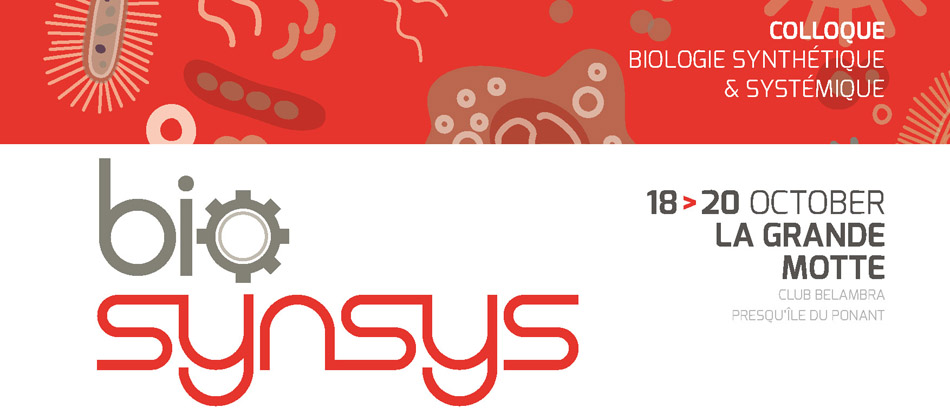Biocircuits implement synthetic computation in living cells to develop smart diagnostic and therapeutic tools. Since the dawn synthetic biology, biocircuits have attracted worldwide attention. Inspired by engineering, sophisticated biocircuits introduce a standard and modular tool to receive multiple signals as input, compute them through cellular parts and actuate specific output(s).
So far, the majority of the biocircuits have been developed using genetic central dogma mostly through digital computation. However, central dogma is not the only computational tool in nature. Metabolism has evolved as a rich source of enzymes and metabolites with an enormous variety among all kingdoms of life. On the other hand, the information in living cells is processed mostly through analog computation in a continuous range of concentrations. Using metabolism as analog computers inside the cells enables more complex hybrid computations where digital genetic circuits also act for decision-making. We have been exploring metabolic network capabilities using our computer-aided design tool, SensiPath, to be able to develop analog devices in living cells. This strategy brings the ability to employ metabolism not only to improve computation power of biocircuits but also to apply real-life inputs such as biomarkers into diagnostic and therapeutic synthetic circuits.
The simplest device named transducer catalyzes an arbitrary metabolite into a detectable metabolite by transcription factor-based biosensors. This device increases the number of inputs for biosensing. In this direction, we have built several transducers mostly for prostate cancer biomarkers. We have also fabricated a more sophisticated metabolic device, which adds concentration of two metabolites. The adder then triggers a fluorescence output using a synthetic analog gene expression system. This system enables to engineer diagnostic tool from which concentration of multiple biomarkers are added to improve the accuracy of diagnosis. Examples will be provided in the case of prostate cancer biomarker detection

 PDF version
PDF version
